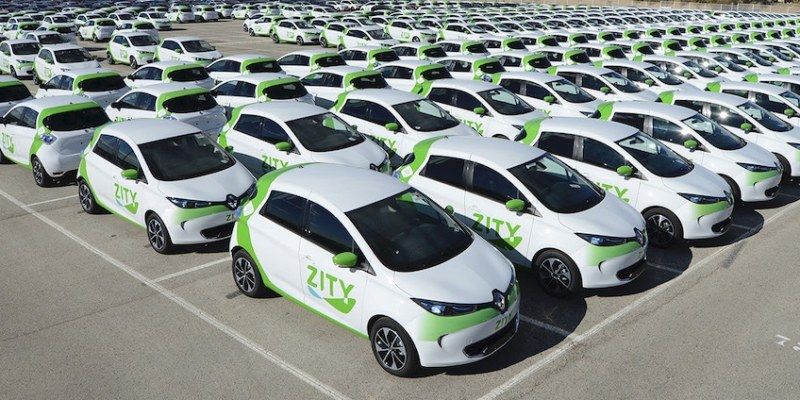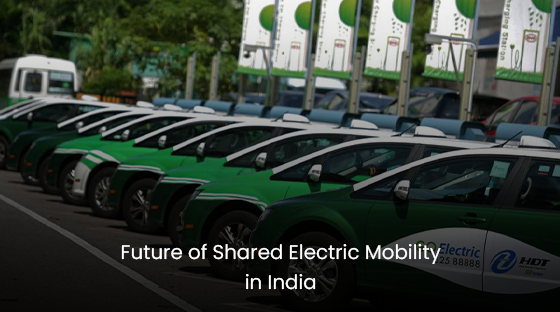Future of Shared Electric Mobility in India
Hello People. This article is about future of shared electric mobility in India. Public transportation using electric vehicles will be a critical catalyst in India’s urbanisation. The rate of urbanisation is slated to grow exponentially with 17 Indian cities set to feature in the world’s top 20 fastest growing cities by 2035.
Indian cities are also facing the monumental challenge of air pollution, one of the biggest public health emergency of our times. This creates a huge opportunity to build public transportation systems that are cutting-edge, clean, and convenient to move people within cities in a cost-efficient and environment-friendly manner.

.
Cities, towns and villages will get the benefits of innovative low-cost electric vehicle (EV) charge point that can accelerate the adoption of electric two-wheelers and three-wheelers.
Are you looking to start your business in the electric vehicle industry? We provide software development, web application development, mobile application development, charging stations management app, electric vehicle fleet management software development, cyber security and all software services. Please check our home page here https://iwheels.co/

Ok. Let's get back to the article.
India has a rich history of shared commute and public transport with many of these becoming iconic in popular culture. The behavioural preference of Indian commuters for public transport and shared mobility will play a vital role in the scaling up of electric vehicles.
Indian cities have a huge number of three-wheelers on road as these provide affordable last-mile and point-to-point connectivity. These also generate livelihood for many.
There are more than 20 lakh electric rickshaws running on Indian roads ferrying more than six crore people every day. The mass procurement of electric three wheelers will bring down the prices drastically with benefits reaching even remote corners of India.
Under the new FAME II regulations, the subsidy for electric two-wheelers has been increased to Rs 15,000/kWh from Rs 10,000/kWh. Also the capital incentives has been raised to 40 percent of the price from 20 percent earlier.
Recent initiatives by the industry like Ola’s plans to set up a mega-factory to produce more than 10 million electric vehicles a year from 2022, with an investment of $330 million are significant steps forward in this direction of shared electric mobility.
Switching to smart electric mobility will also reduce India’s energy dependency on other nations. India is well-positioned to drive and lead the shift to zero-emission modes of commute.
When the world is moving to shared mobility systems only now, it is interesting to know that India, even as a late adopter by modern definitions, is predicted to have 35% of all the miles travelled classified as shared (Morgan and Stanley estimate).
While India races to the future with mass rapid transportation systems, advanced connectivity and vehicle sharing models, it needs to find ways to make mobility sustainable.
The best alternative is to use shared electric mobility – reducing the carbon footprint for all passengers. The need for electric mass mobility and sustainable last mile connectivity starts from here.
This segment has the potential to become more organized and be greener and more sustainable, and there are several models that can support this. And an efficient way to run the operations is by installing fast-charging infrastructure at key locations, using software support systems.
Hope this article on future of shared electric mobility in India is useful to you. To read about jobs in the Electric Vehicle Industry, please visit Job opportunities in Electric Vehicle Sector and its Charging Infrastructure industry




